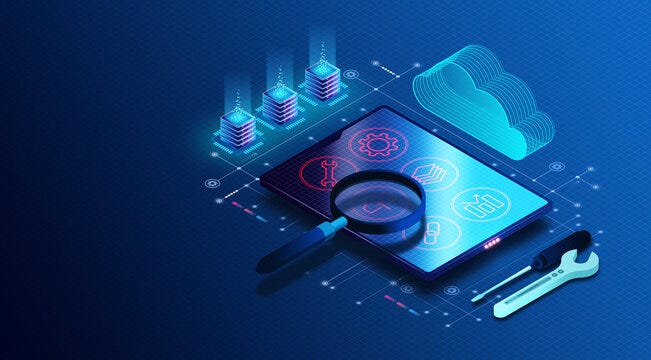Introduction:
Welcome to the world of software testing, where precision, diligence, and problem-solving skills are paramount. Whether you’re a seasoned professional looking to advance your career or a newcomer eager to enter the tech industry, mastering software testing can open numerous doors of opportunity. In this comprehensive guide, we’ll explore a self-paced blueprint designed to equip you with the skills and knowledge needed to excel in the field of software testing. Let’s embark on this journey together and pave the way towards becoming a job-ready software tester.
Chapter 1:
Understanding the Fundamentals of Software Testing Before diving into the intricacies of software testing, it’s crucial to grasp the fundamentals. Learn about the importance of software testing, its various types, and the role it plays in ensuring the quality and reliability of software products. Gain insights into the software development life cycle (SDLC) and the different testing methodologies employed at each stage.

Chapter 2:
Exploring Testing Techniques and Tools Equip yourself with a diverse arsenal of testing techniques and tools essential for conducting thorough and effective software testing. Discover manual testing approaches, such as exploratory and ad-hoc testing, and delve into the world of automation testing using popular tools like Selenium, Appium, and TestNG. Learn how to select the right tools for different testing scenarios and optimize your testing processes for efficiency and accuracy.
Chapter 3:
Mastering Test Design and Documentation Effective test design and documentation are critical components of successful software testing. Learn how to create comprehensive test plans, test cases, and test scripts tailored to different software requirements and functionalities. Explore best practices for test scenario identification, test coverage analysis, and defect tracking to ensure thorough test coverage and timely issue resolution.
Chapter 4:
Implementing Continuous Integration and Delivery (CI/CD) In today’s fast-paced software development environment, the adoption of CI/CD practices is essential for streamlining the delivery pipeline and ensuring the rapid and reliable deployment of software updates. Learn how to integrate testing into the CI/CD pipeline, automate test execution, and leverage tools like Jenkins, GitLab CI, and Travis CI to achieve continuous testing and delivery excellence.
Chapter 5:
Enhancing Soft Skills and Professional Development While technical proficiency is crucial for a career in software testing, the development of soft skills is equally important for long-term success. Hone your communication, collaboration, and problem-solving skills to effectively interact with cross-functional teams, stakeholders, and clients. Explore opportunities for professional development through certifications, workshops, and networking events to stay abreast of industry trends and advancements. Qace Academy offers you these opportunities, visit www.qaceacademy.com

Conclusion:
Congratulations on completing the self-paced job-ready software tester blueprint! By mastering the fundamentals of software testing, exploring testing techniques and tools, mastering test design and documentation, implementing CI/CD practices, and enhancing your soft skills, you’ve laid a solid foundation for a successful career in software testing. Keep exploring, learning, and refining your skills, and remember that continuous improvement is the key to staying ahead in this dynamic and exciting field.
Happy testing!






